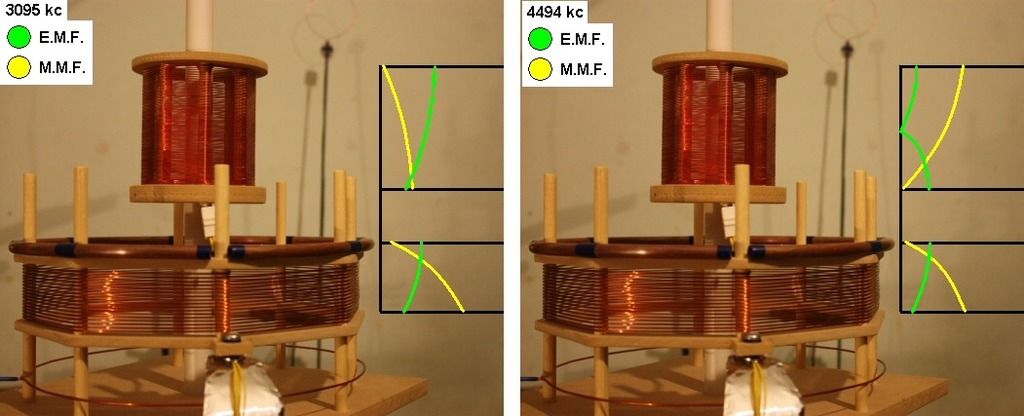Originally posted by ldrancer
View Post
The idea is limited to the laws that govern the real-world I'm afraid. What you can do is turn off the gas and electricity and water and prevent a big explosion and the costs of repairing it all afterwards. The oil company doesn't care if the pipe breaks and oil gushes out everywhere. The company doesn't particularly care about the destruction because you are the one who's paying to repair it in the end anyway, otherwise you are the one who has no electricity and no heat as a result of the damaged infrastructure. So forget the conspiracy theory nonsense.
You should study some experiments dealing with human psychology and crowd behaviour. Rather than following the exit sign out of a burning building, they follow the panicking crowd deeper into the inferno purely on the basis that's the direction everyone else is running. People aren't always as smart as you may think.












Leave a comment: